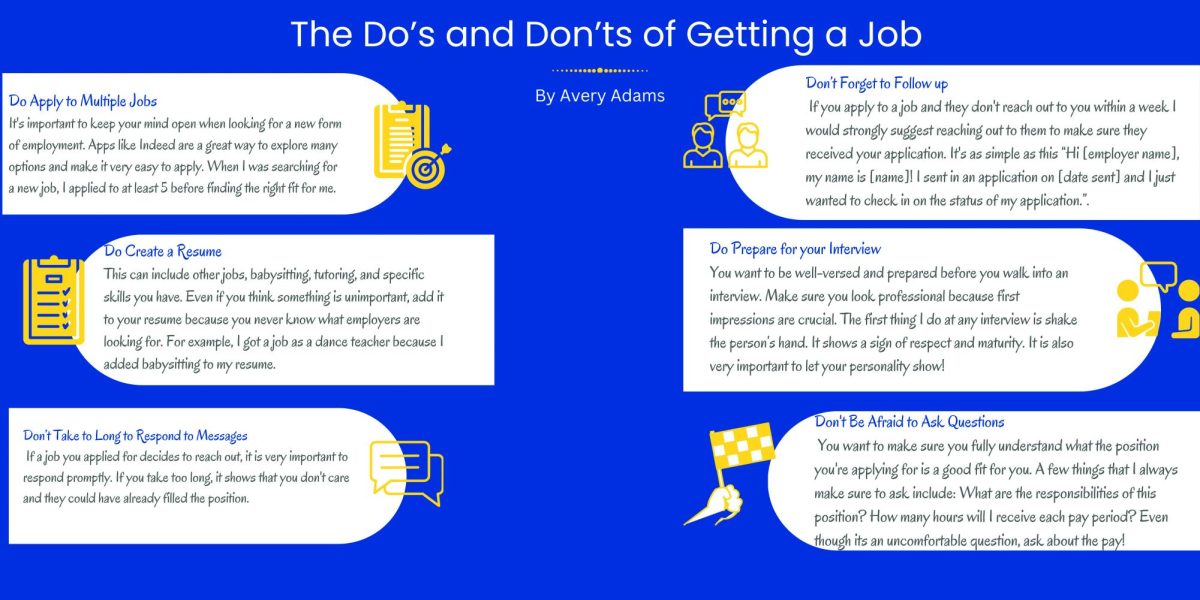Every day, students walk into math class, learn how to graph a quadratic equation, then head off to English class where they analyze the meaning of a rosebush.
Schools today lack education on basic life skills that people need to become independent in the real world. Because not all students are capable of receiving a college degree or attaining a job that requires one, intellectually complicated classes do not benefit them. They need classes that can teach them technical skills that will help them secure jobs in the future.
Ever since high schools began cutting classes that teach these technical skills, industries that require technical employees have been struggling to find good employees. These jobs are essential in today’s world. What if there were not enough people skilled enough to repair your car, fix the electricity in your house, or the plumbing in your bathroom?
Part of the reasoning behind cutting secondary education in technical classes is the current mentality that everyone needs to and can receive a college degree. To accommodate this belief, schools strive to prepare all students for this type of future.
While analytic reading and high level math encourage deeper level thinking in many students, they do not prepare everyone for the future. The students who benefit from this type of education move on to college, and often high-paying jobs, but many students are left behind.
According to the United States Census Bureau, 15 percent of high school students do not receive a high school diploma. If more classes accommodated their interests and abilities, those students could be more likely to graduate and have successful futures. Classes geared towards skills such as electronics, mechanics and construction would give these students a sufficient base in a technical job. Parkway Central currently offers a construction tech course ,but should look into offering more.
According to the Bureau of Statistics Labor, only 68.4 percent of high schools students enrolled in a college in 2014. The remaining students are thrown into the real world with no practical knowledge or experience, but they can tell you the atomic number of Cesium. Furthermore, of the 68.4 percent of students who did attend college following high school graduation, only 59 percent will graduate, according to the National Center for Education Statistic. These students may too find themselves seeking a technical job with all the wrong tools in their toolbox.
Technical classes will increase the amount of students who thrive in a high school environment. Schools that expand to the needs of their students will be able to hand out more diplomas at graduation.




